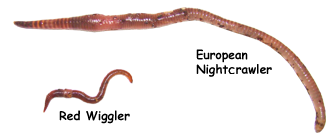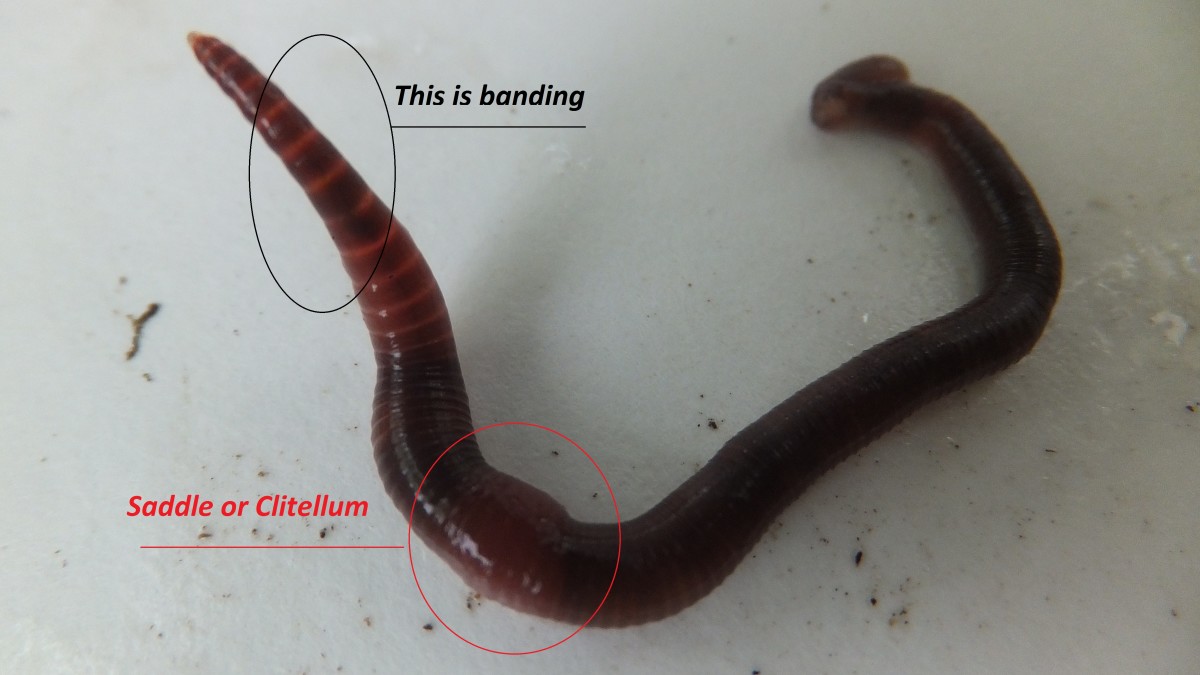Red Wiggler Worms - Perfect for Vermicomposting and Dirt Enrichment
Red Wiggler Worms - Perfect for Vermicomposting and Dirt Enrichment
Blog Article
Red Wiggler Worms Demystified: Unlocking the Secrets of Vermiculture for Greener Living and Nutrient-Rich Soil
In the realm of sustainable techniques for enhancing soil top quality and advertising eco-conscious living, red wiggler worms play a pivotal yet often forgotten function. These humble animals possess the remarkable ability to transform organic waste into nutrient-rich spreadings that act as a potent all-natural plant food. By delving right into the world of vermiculture, one can reveal a huge selection of benefits that prolong far past conventional composting methods. Recognizing the details of taking care of these worms, optimizing their setting, and harnessing their spreadings can result in a greener way of living and much healthier soil for plants to grow.
The Role of Red Wiggler Worms
Red Wiggler worms play an important duty in composting systems by efficiently damaging down natural matter into nutrient-rich spreadings. These voracious eaters consume a range of organic products, such as cooking area scraps, yard waste, and paper products. As they feed, the worms' digestive system processes break down the natural matter into a fine, dark, and nutrient-dense product called worm castings or vermicompost.
The castings generated by Red Wiggler worms are highly helpful for dirt health and plant growth. They are rich in crucial nutrients like phosphorus, nitrogen, and potassium, which are essential for sustaining healthy plant development. Furthermore, worm spreadings include helpful germs and enzymes that aid boost dirt framework, rise water retention, and enhance nutrient uptake by plants.
Benefits of Vermicomposting

It enhances dirt structure, enhances dirt oygenation, and raises soil moisture retention. Vermicompost additionally enhances the dirt with important nutrients like potassium, nitrogen, and phosphorus, advertising plant growth and overall dirt fertility.
In addition, vermicomposting supports sustainable horticulture techniques by offering a chemical-free and natural option to synthetic fertilizers. Red Wiggler Worms. This eco-friendly technique not only enriches the soil yet likewise helps in reducing dependence on unsafe chemicals, advertising a greener and extra lasting method of horticulture
Establishing a Worm Container
When establishing a worm bin for vermicomposting, correct arrangement is essential to make certain the success of the composting procedure. The primary step in setting up a worm bin is picking a suitable container. This can be a plastic container or wood box that gives adequate room for the worms to move and has correct water drainage openings to avoid waterlogging. Next, a bedding product such as shredded newspaper, cardboard, or coconut coir need to be contributed to the container. This bedding provides a comfy environment for additional hints the worms and assists keep dampness degrees.
After including the bedding, introduce the red wiggler worms to the bin. It is recommended to begin with a small number of worms and gradually enhance as they multiply. The worms need to after that be supplied with food scraps such as vegetables and fruit peels, coffee grounds, and eggshells. It is vital to avoid including meat, dairy, oily, or salty foods to stop drawing in pests and developing unpleasant smells.
Consistently check the wetness degrees and temperature in the worm container to make sure optimal conditions for the worms. With correct arrangement and maintenance, the worm bin will efficiently convert organic waste into nutrient-rich garden compost for your plants and yard.
Harvesting Worm Castings
To effectively collect nutrient-rich worm castings from your vermicomposting system, a systematic harvesting method is crucial. When it comes time to harvest the worm castings, there are a couple of essential actions to follow to make certain a successful procedure.

Troubleshooting Common Issues
Recognizing and dealing with usual difficulties that might emerge throughout the vermicomposting procedure is essential for keeping a healthy and balanced and productive worm container. Including excess food scraps can lead to an accumulation of moisture and acidity in the worm bin, potentially harming the worms. An additional concern is undesirable smells rising from the worm container.
Furthermore, if the worm population is declining or the worms appear unhealthy, maybe due to environmental stressors such as extreme temperatures or pH degrees. Keeping track of these elements and this link making necessary adjustments is important for the well-being of the worms. By repairing these usual problems quickly, vermicomposters can guarantee a smooth and successful vermicomposting procedure while preserving a prospering worm population.

Verdict
To conclude, red wiggler worms play a crucial function in vermiculture by damaging down raw material into nutrient-rich dirt. The benefits of vermiculture include greener living and boosted soil high quality. Setting up a worm bin is necessary for successful vermiculture, and gathering worm castings supplies beneficial compost for gardening. By understanding and fixing common problems, individuals can unlock the keys of vermiculture for sustainable living and much healthier dirt.
As they feed, the worms' digestive system processes damage down the natural matter into a penalty, dark, and nutrient-dense material understood as worm spreadings or vermicompost.
The castings generated by Red Wiggler worms are very advantageous for soil wellness and plant development. Adding excess food scraps can lead to a build-up of moisture and acidity in the worm container, potentially damaging the worms.Additionally, if the worm populace is declining or the worms show up undesirable, it could be wikipedia reference due to ecological stressors such as severe temperature levels or pH degrees. Setting up a worm container is important for effective vermiculture, and gathering worm castings gives useful compost for horticulture.
Report this page